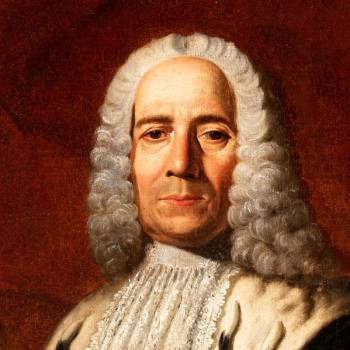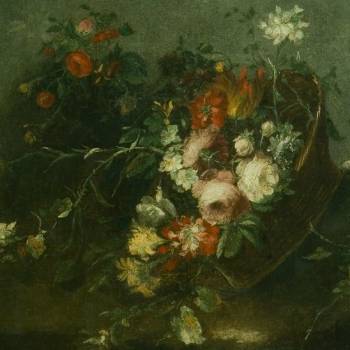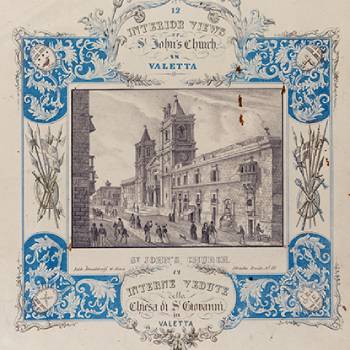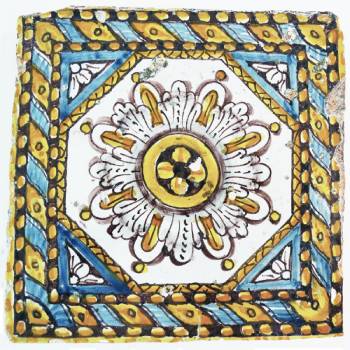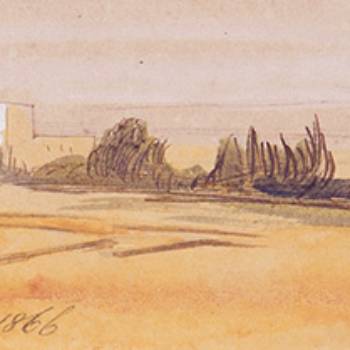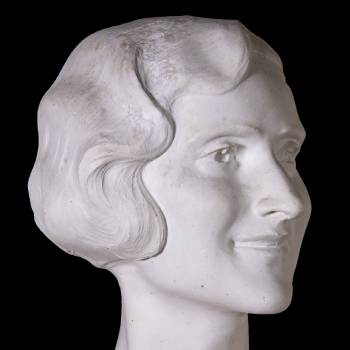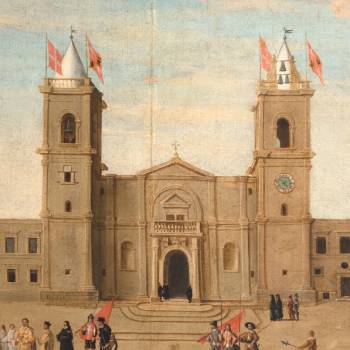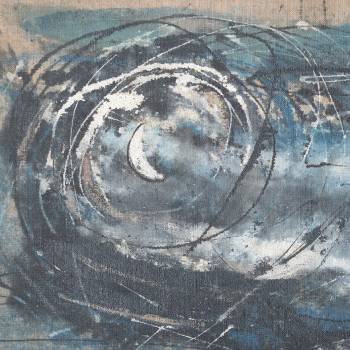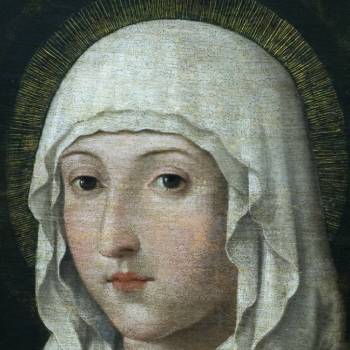Portrait of Grand Master Pinto
Well-known mostly for his genre work and portraits of the elite and the eminent, the French artist, Antoine Favray resided permanently in Malta, save for a 9-year stay in Constantinople, after his studies in Rome. His paintings are considered to be important sources of information on what life was like for the upper social classes in 18th-century Malta.
Favray portrays the longest serving Portuguese Grand Master Emmanuel Pinto de Fonseca with all the pomp and circumstance fitting for a king. His ceremonial robe adorned by heavily-flowing ermine fur, his fashionable wig and his conceited stance, together with the sumptuous furnishings amidst which he poses, reveal his aspiration for aristocracy as his gesture, indicating the closed monarchical crown, testifies. This is a typical 18th-century portrait executed in the style of the ‘grande manière’ or grand manner.

